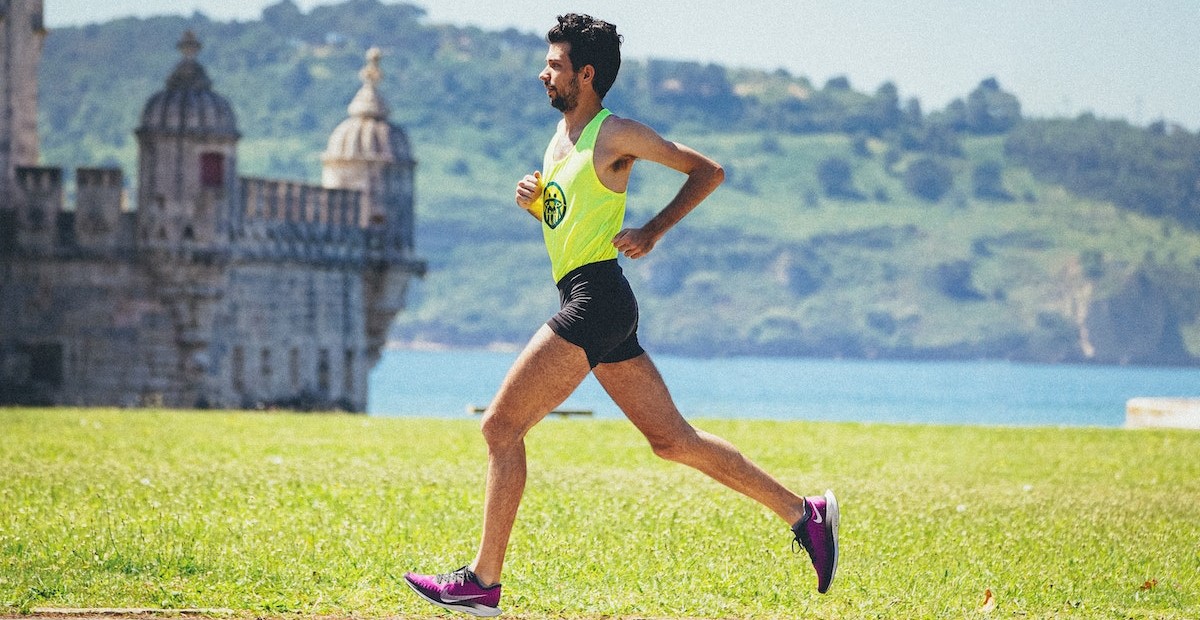
Contents
Using race strategy and race pace to help you reach your goal pace, the 5k race
No matter the distance, a goal’s and goal. And at some point in our lives, those seemingly shorter distances were hard. But we’re not talking about that time you ran a half marathon, and now you’re smashing it towards an ultra marathon – we’re talking about the gruelling challenge of pacing a 5k properly, let alone reaching it.
Race breakthroughs rarely happen… think about that for a second. What that means is that nobody really sprints from last to first and grabs the trophy – it’s a slow burn, and pace is integral.
You can run an entire race at the same pace and still come first. Why? because others may be fluctuating too much, perhaps they burnt out too fast or didn’t speed up enough early on.
The point is, as I’m sure you’ve gathered, pace is the key to success.
So let’s run through some of the things you should unlock first.
Strategy 1
Negative splits are brilliant for reaching a great 5k pace. In essence, this strategy maintains that you run the first half of a stint slower than the second. Simple. But you’ll probably find them to be really challenging at first – discipline is important, and you may feel a sudden rush or on-set fatigue. Either way, this one’s not about running about the same pace each stint.
But why is that good?
Running incrementally works in a sort of slingshot way. Let me explain…
The first half of the stint, the slow part, will only ever increase in speed the more total runs you do. This in turn, means that the faster stints will increase in speed also (you get faster, simple) – the faster you get in the second half the faster you become in the first over time (your body gets used to faster-paced endurance), which then feeds into how fast you become in the second half during each consecutive run after – make sense?
Strategy 2
An even pace is exactly what you think it is. It concerns an even pace throughout, which of course acclimatises your endurance level to a certain distance over time. But what else does a constant pace do to help you?
On race day, next to the advanced runners and beginner runners alike, you’ll be glad that you ran even pace training schedules. Revel Sports explains why…
”By knowing what pace you can run at comfortably, you don’t have to worry about calculating when to go hard or slow down to hit your target time. You just settle into your groove and stay there.”




Conclusion
Some simple tips to stay ahead of your own pace needs. You’ll be stunned at how quickly these things fall into place, and race distance, a faster pace, negative split work – it’ll all feel second nature. Do some more research whether you’re new or beginner runners, and set about your own race today.
FAQs
Is a conservative pacing strategy good?
Most certified strategies have some value, but being conservative can be brilliant for pace over time, steady pacing and low injury risk can see a runner’s racing career therefore being a long a relatively injury free one.
**Learn how to run a 5k in 25 minutes here